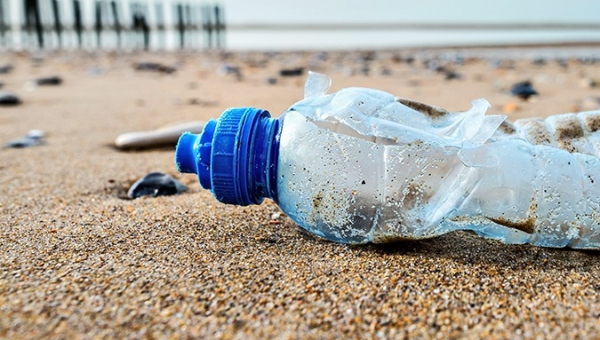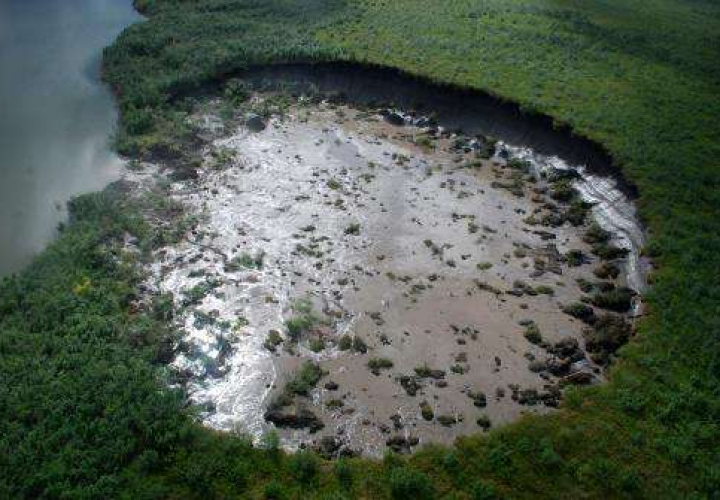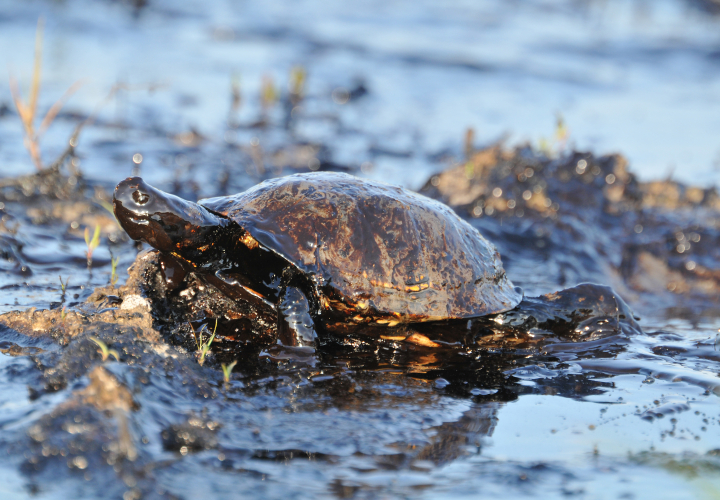
Advancing Strategies, Technologies, and Options to Reduce Environmental Impact of Plastic Packaging
Product packaging is an integral part of the modern consumer experience, but its environmental impact, from resource depletion to waste generation, poses significant challenges, particularly when it comes to plastic packaging. Plastic packaging, derived primarily from fossil fuels, contributes to resource depletion, waste generation, and increasing environmental pollution.
In this context, eco-friendly packaging solutions are essential to mitigate these issues by employing sustainable materials, innovative designs, and responsible manufacturing practices.
1. Sustainable Materials for Plastic Packaging:
- Biodegradable Plastics: One notable example of biodegradable plastic is Polylactic Acid (PLA). PLA is a biopolymer derived from renewable, organic sources such as cornstarch or sugarcane and offers similar properties to traditional plastics. Importantly, it breaks down into lactic acid (LA) or to carbon dioxide and water (da Silva, et al., 2018) [1] when exposed to specific environmental conditions, such as high temperatures, moisture, PH levels, microorganisms, oxygen, and UV exposure, making it a viable alternative to fossil fuel-based materials and helping to reduce environmental issues associated with petro-based polymers [2].
- Recycled Plastics: Using recycled plastics reduces the demand for new plastic production, conserves natural resources, reduces energy consumption, reduces greenhouse emissions, prevents pollution, and supports a circular economy. According to general statistics, an estimated 9% of all plastic waste generated by humanity since the 1950s has been recycled. The remaining plastic waste ends up in landfills, oceans, and other natural environments, where it can take hundreds of years to degrade.
- Biobased Plastics: An eco-friendly revolution in material science. Bioplastics or Biobased plastics are plastics derived from plant-based sources such as sugarcane-based polyethylene, corn, and soybeans, are renewable and have a lower carbon footprint compared to fossil fuel-based plastics. Furthermore, unlike conventional plastics, biobased plastics are derived from crops that can be replanted and harvested annually. This renewability factor ensures a continuous supply of raw materials for plastic production, reducing our dependence on finite fossil fuel reserves.
- Advanced Polymers: Ongoing research is exploring advanced polymers that combine the durability of traditional plastics with biodegradability and reduced environmental impact. Furthermore, researchers are exploring innovative manufacturing techniques that employ renewable resources and produce minimal waste. By doing so, they aim to mitigate the carbon footprint associated with the production of these advanced polymers, aligning them more closely with sustainability goals.
2. Innovative Design and Practices for Plastic Packaging:
- Lightweighting: Designing packaging to be thinner and lighter not only reduces material usage but also lowers transportation emissions [3] [4].
- Recyclability: Designing packaging with ease of recyclability in mind is crucial for reducing environmental impact. Scientific data shows that recyclable packaging significantly lowers energy consumption and greenhouse gas emissions compared to producing new materials [5] [6]. Additionally, this approach aligns with the circular economy concept, reducing waste generation and supporting closed-loop recycling systems where materials are collected, processed, and reused, reducing the need for virgin materials and energy-intensive production.
- Reduced Packaging: Minimizing excess packaging, such as eliminating unnecessary layers or components, contributes to cost savings for manufacturers, reduces transportation emissions, and decreases environmental impact [7].
- Circular Economy: Implementing circular economy principles, where plastics are designed for reducing, reusing, and recycling, is a critical strategy. By extending the lifespan of plastics and minimizing their end-of-life disposal, circularity significantly reduces the environmental footprint of plastic waste. The Ellen MacArthur Foundation estimates that transitioning to a circular economy for plastics could reduce CO2 emissions from plastics by 25% by 2050.
3. Challenges and Considerations for Plastic Packaging:
- Cost: One of the foremost challenges in the adoption of sustainable plastic packaging lies in its economic implications. Transitioning from traditional plastic packaging to sustainable alternatives can often be associated with higher initial costs. These increased costs may be attributed to factors such as the development and utilization of novel materials, more energy-efficient production processes, and investments in recycling infrastructure. Particularly, for small businesses with limited financial resources, these cost differentials could serve as a deterrent to the widespread adoption of sustainable plastic packaging solutions.
- Consumer Behavior: Consumer behavior and education are pivotal in the shift toward sustainable plastic packaging. Scientifically-informed studies reveal that consumers' awareness and preferences greatly impact the demand for eco-friendly packaging options [8] [9]. Thus, educating consumers about the benefits of eco-friendly plastic packaging and proper disposal methods is essential.
- Recycling Infrastructure: Enhanced recycling facilities and collection systems are required to manage plastic waste effectively, such as smart collection bins, chemical recycling facilities, recycling robotics, blockchain-enabled tracking systems, material recovery facilities (MRFs) with automated sorting systems, and advanced polymer separation technologies, etc.
- Regulations: The development and enforcement of regulations to support sustainable plastic packaging adoption and standardization are necessary. For example, it is important to consider the impact of exporting plastic waste to lower-income countries that do not have a robust waste management infrastructure [10]. By imposing restrictions on such exports, we can help prevent environmental degradation and human health hazards in these nations, while also encouraging wealthier nations to take greater responsibility for their own plastic waste.
Conclusion:
Eco-friendly plastic packaging represents a promising path towards reducing the environmental impact of one of the most ubiquitous materials in the world. The development of sustainable materials, innovative design practices, and enhanced disposal systems is vital to make plastic packaging more eco-friendly. Collaboration among industry players, policymakers, and consumers is imperative to drive these changes. As the world increasingly prioritizes environmental sustainability, eco-friendly plastic packaging will play a pivotal role in reducing the ecological footprint of consumer goods, ultimately leading to a more sustainable future. Continued research, development, and innovation in this domain are critical to achieving these goals.
References:
[1] da Silva D, Kaduri M, Poley M, Adir O, Krinsky N, Shainsky-Roitman J, Schroeder A. Biocompatibility, biodegradation and excretion of polylactic acid (PLA) in medical implants and theranostic systems. Chem Eng J. 2018 May 15;340:9-14. doi: 10.1016/j.cej.2018.01.010. Epub 2018 Jan 3. PMID: 31384170; PMCID: PMC6682490.
[2] Sharma, S., Majumdar, A., & Butola, B. (2021). Tailoring the biodegradability of polylactic acid (PLA) based films and ramie- PLA green composites by using selective additives.. International journal of biological macromolecules. https://doi.org/10.1016/j.ijbiomac.2021.04.108.
[3] Sluisveld, M., & Worrell, E. (2013). The paradox of packaging optimization – a characterization of packaging source reduction in the Netherlands. Resources Conservation and Recycling, 73, 133-142. https://doi.org/10.1016/J.RESCONREC.2013.01.016.
[4] Paiano, A., Crovella, T., & Lagioia, G. (2020). Managing sustainable practices in cruise tourism: the assessment of carbon footprint and waste of water and beverage packaging. Tourism Management, 77, 104016. https://doi.org/10.1016/j.tourman.2019.104016.
[5] Zacco, A., Borgese, L., Gianoncelli, A., Struis, R., Depero, L., & Bontempi, E. (2014). Review of fly ash inertisation treatments and recycling. Environmental Chemistry Letters, 12, 153-175. https://doi.org/10.1007/s10311-014-0454-6.
[6] Ross, S., & Evans, D. (2002). Use of Life Cycle Assessment in Environmental Management. Environmental Management, 29, 132-142. https://doi.org/10.1007/S00267-001-0046-7.
[7] Paiano, A., Crovella, T., & Lagioia, G. (2020). Managing sustainable practices in cruise tourism: the assessment of carbon footprint and waste of water and beverage packaging. Tourism Management, 77, 104016. https://doi.org/10.1016/j.tourman.2019.104016.
[8] Prakash, G., & Pathak, P. (2017). Intention to buy eco-friendly packaged products among young consumers of India: A study on developing nation. Journal of Cleaner Production, 141, 385-393. https://doi.org/10.1016/J.JCLEPRO.2016.09.116.
[9] Xie, G., Huang, L., Apostolidis, C., Huang, Z., Cai, W., & Li, G. (2021). Assessing Consumer Preference for Overpackaging Solutions in E-Commerce. International Journal of Environmental Research and Public Health, 18. https://doi.org/10.3390/ijerph18157951.
[10] Benson, P. (2018). China's plastic waste import ban. Science. https://doi.org/10.1126/SCIENCE.360.6395.1310-B.




